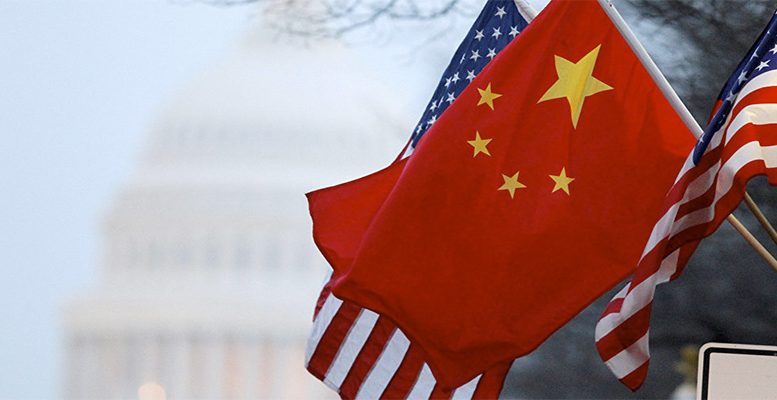In this new seemingly binary world where China is bad and the US is good, there is a great danger of over-looking the very real structural risks in the west at the moment. As told by Mark Tinker, AXA Head of Framlington Equities in Asia, one of the potential amusing party games for the ‘Holiday Season’, as the US likes to call it, might be to play ‘substitute the words United States for China in the following bearish economic projection’ and see if it worries you more or less. For example, “China has a huge corporate debt bubble” becomes, the “United States has a huge corporate debt bubble, which has grown by 40% since the financial crisis, in large part under the influence of the Private Equity bubble of the last decade. Moreover, while the Chinese Corporate debt is effectively government debt as it is overwhelmingly concentrated in the State Owned Enterprises (SOEs) in the public sector, the US Corporate Debt is all in the private sector and much of it is funded at very short or even floating rates, which have just risen by 85% over the last 12 months.”
Alternatively, the story that “Chinese mortgage debt has risen from $450bn to $3.3trn over the last decade” can become, “United States mortgage debt origination grew $2tn in 2016 to a total of $10.1trn in Q2 2018” (according to the Federal Reserve). According to Mark Tinker:
Basically, having deleveraged post the crisis, the US total mortgage lending is now close to 2008 highs. So on a per capital basis that is about 12 times as much as China. Moreover, the average Loan to Value on US mortgage homes is 68%, while the median US mortgage is on a 95% Loan to Value at origination. By contrast, the average Chinese mortgage is less than half of that.
Tinker gives another example: for a second home in a major city, you need to put at least 70% down.
If that starts to worry the party guests you could discuss the Chinese shadow banking system, where a reluctance by major banks to lend to small and medium size businesses has led to a large system of more lightly regulated shadow banks usually raising money through selling investment products. Then you could compare it with the US, where a reluctance by major banks to lend to small and medium size businesses has been compounded by so called macro prudential regulations that actively discourage them from doing so and led to a large system of more lightly regulated non-bank financial institutions effectively creating a shadow banking system in anything but name.
Meanwhile, the same regulations, brought in after the financial crisis, also actively prevent long term institutions from participating in public equity markets on account of their (continued) flawed conflation of risk and volatility. Thus, having driven asset/liability matching institutions towards CDS markets in 2006/7 on account of their apparent ideal characteristics of high yield and low ‘risk’ (low volatility), the official response to the subsequent wealth destruction is effectively to do the same thing in a different guise! In particular the continuing focus on volatility means that many of the same institutions are being driven towards Private Equity and Private Credit markets, which are often as illiquid, non-transparent, and unregulated as the CDS markets were a decade before. So, if we view the Lehman debacle as the collapse of the US shadow banking system of 2008, we should recognise that this has simply led to a new shadow banking system, with private equity and private credit funds as the non-bank financial institutions driving the process as fear of takeover by PE has been a significant factor in companies borrowing and buying back their shares, up to as much as $3trn worth since 2012.
The US now has a little under $10trn of US corporate debt, much of it at the short end of the credit curve or even at floating rates and a further amount of a little over $10trn of US personal mortgage debt, also increasingly at floating rates. Publically quoted equity has been shrinking through buybacks and the IPO market has all but died (China now has three times the number of IPOs as the US). Behind a lot of this is a private equity complex with over $1.7trn of dry powder that has effectively been taken out of public equity and credit markets, with extensive credit lines available from Banks, but which cannot find any value.





